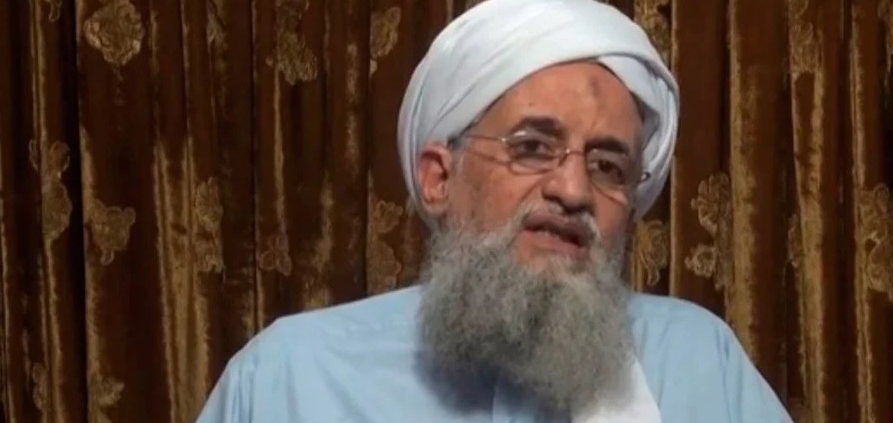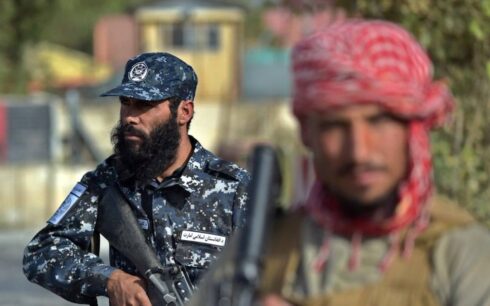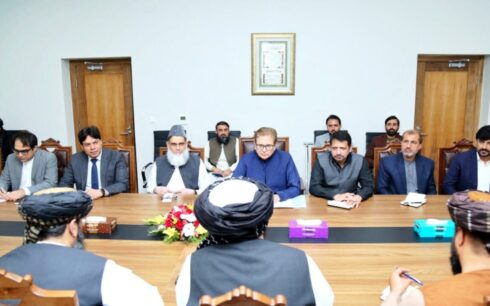The United States in an airstrike killed al-Qaeda leader Aiman al-Zawahiri by targeting his safe house in downtown Kabul, the Afghan capital on Saturday.
The safe house in the Sherpur area in Kabul’s District 10, an area surrounded by luxury buildings previously owned by former senior government officials and some political leaders, was owned by Sirajudin Haqqani, the Taliban’s interior minister and a key figure of the Haqqani network. Two experts aware of the matter said Haqqani’s relatives were living there.
They said the area was controlled by the former national security adviser Hamdullah Mohib’s office under the previous government and the house was often used for special foreign guests.
The area and the house are now under the Haqqani network’s watch, the analysts said, adding that they are used for top figures from al-Qaeda and the Taliban.
The house targeted by the US airstrike is located near former defense minister Bismillah Mohammadi’s residence that was attacked by the Taliban last August.
Media reports say that US intelligence had found that al-Zawahiri, his wife, his daughter, and her children were living in the house.
An analyst on counterterrorism affairs, Ajmal Suhail, said one senior member of the Haqqani network, who had close ties with Chinese intelligence, was also killed in the attack.
“It was a safe house for al-Qaeda that was used as a safe zone by the National Security Council under the previous government,” Suhail said.
“It seems that CIA has targeted the house precisely… It was an important and complicated operation,” said Samar Sadat, a former army general.
An analyst, Asadullah Nadim, said the presence of terrorist groups in the country under Taliban rule is not in Afghanistan’s favor and that it will hamper relations with the US.
“The house and the area were used for high-ranking authorities and leaders of the Taliban government,” Nadim said. “The attack had many messages. First, the death of Zawahiri, and second a clear message to the Taliban.”
The area was cordoned off by the Taliban following the attack and journalists were not allowed to get closer to the house.
Journalists said the Taliban should allow them to have access to information on security incidents, especially the US airstrike.
“Journalists are not allowed to cover security incidents. We ask them to allow journalists to have accurate reporting,” said Shah Agha, a journalist in Kabul.
“The Taliban imposes limitations on covering security incidents,” said Mustafa Shahryar, a journalist in Kabul.
The US Secretary of State Antony Blinken in a statement said that “by hosting and sheltering the leader of al-Qaeda in Kabul, the Taliban grossly violated the Doha Agreement and repeated assurances to the world that they would not allow Afghan territory to be used by terrorists to threaten the security of other countries.”
The Taliban also blamed the US for violating the Doha agreement and said the airstrike was in contravention of international norms.





